Future: Photo Collection - Minors View
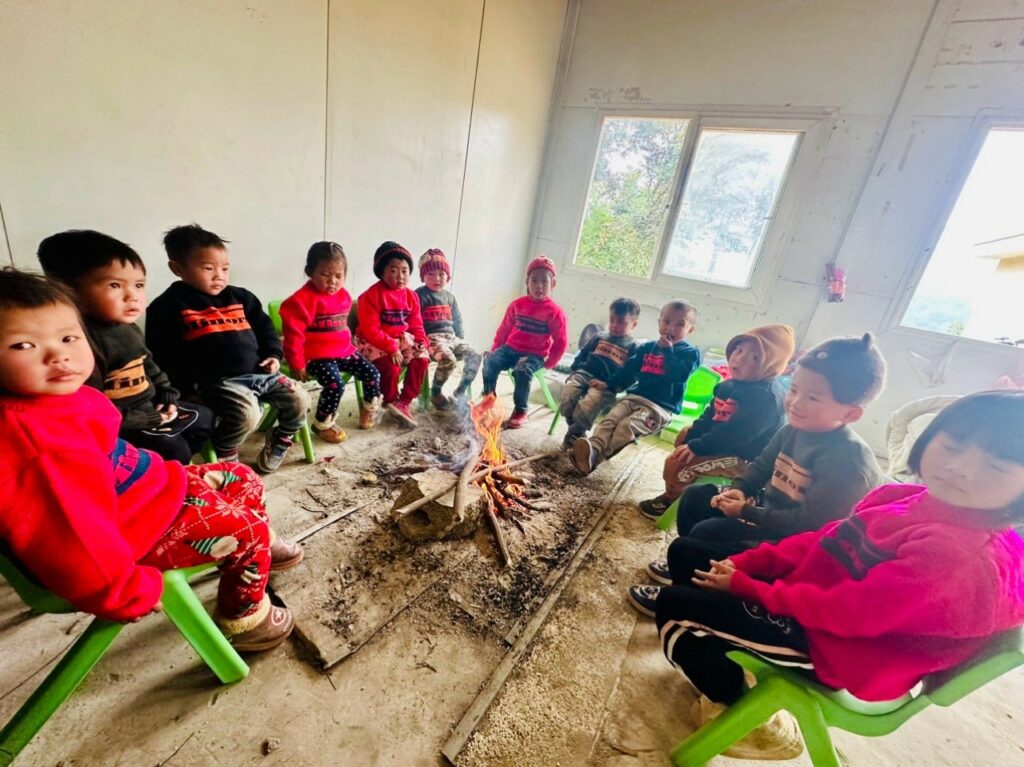
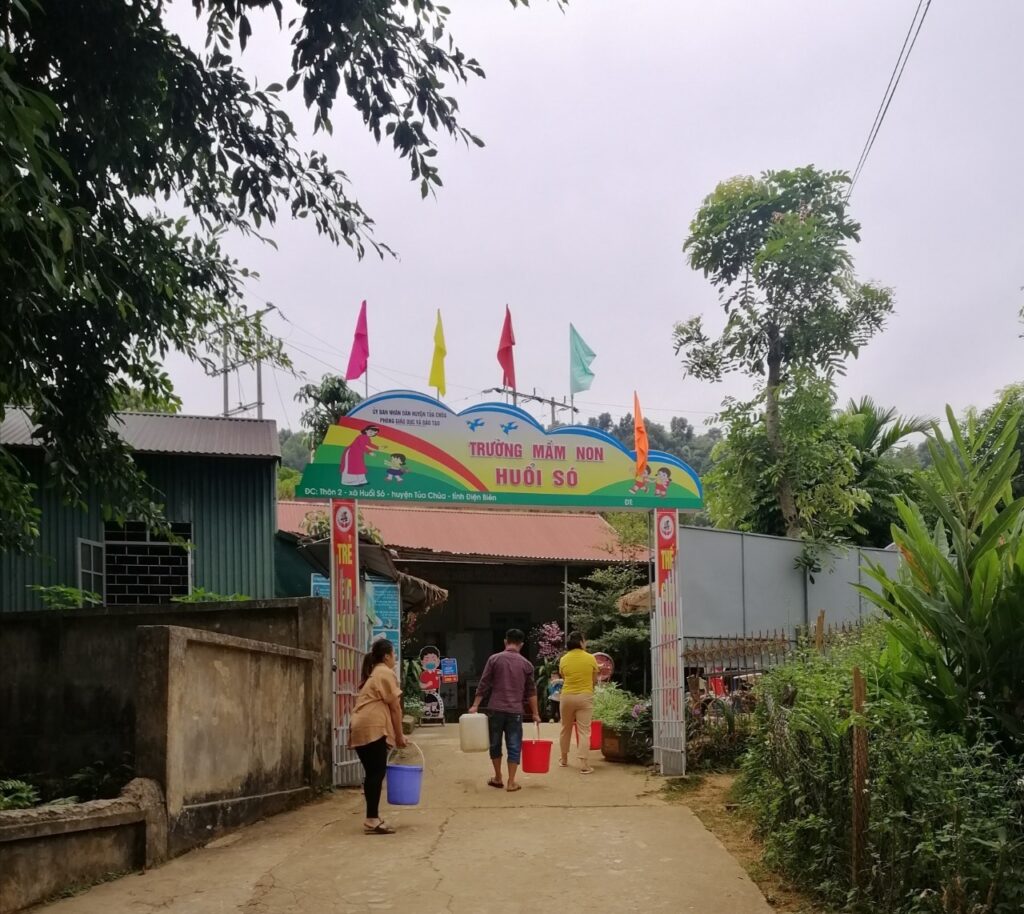
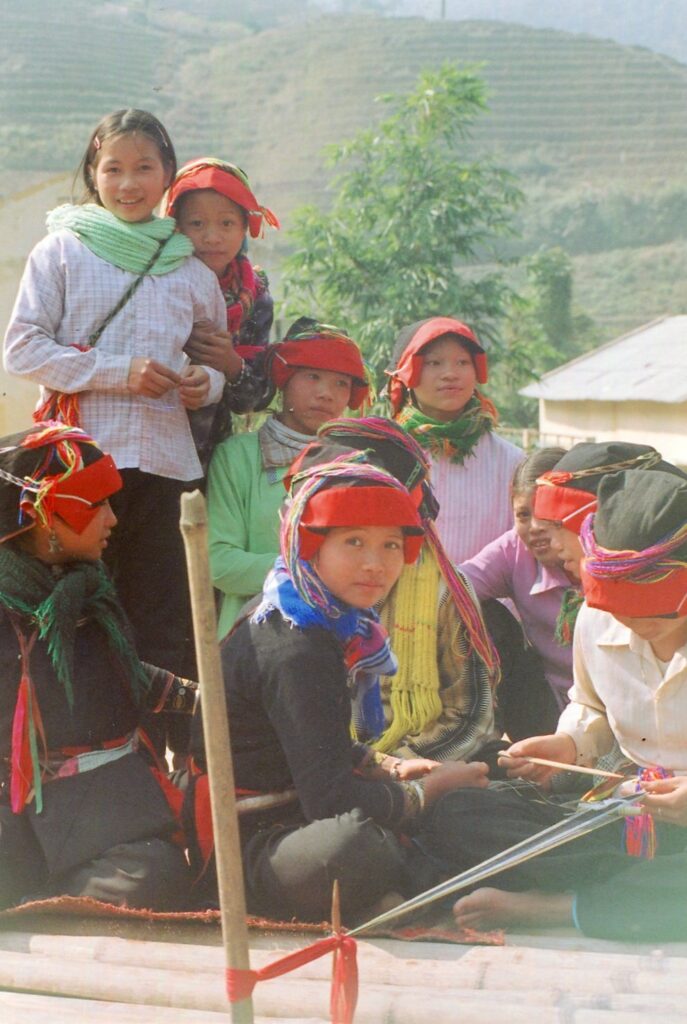
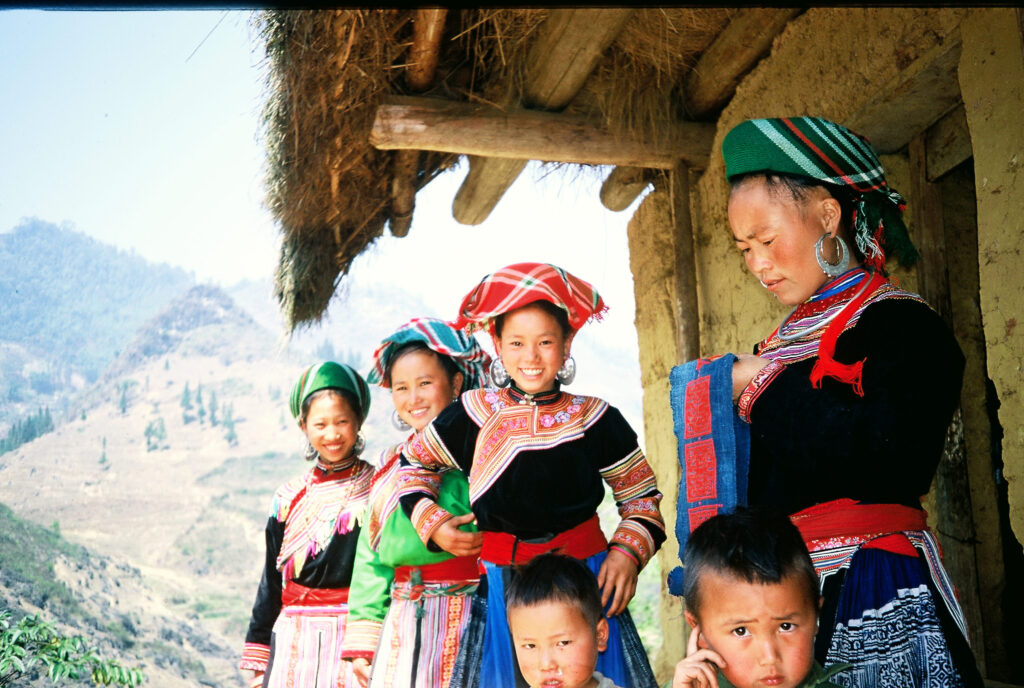
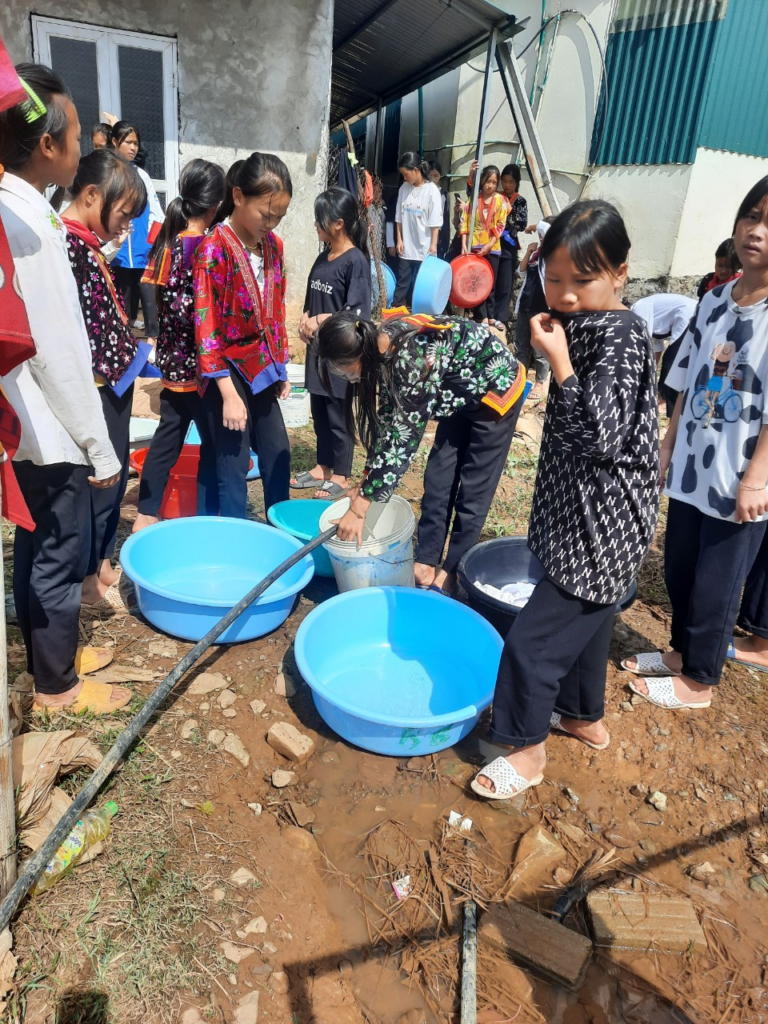
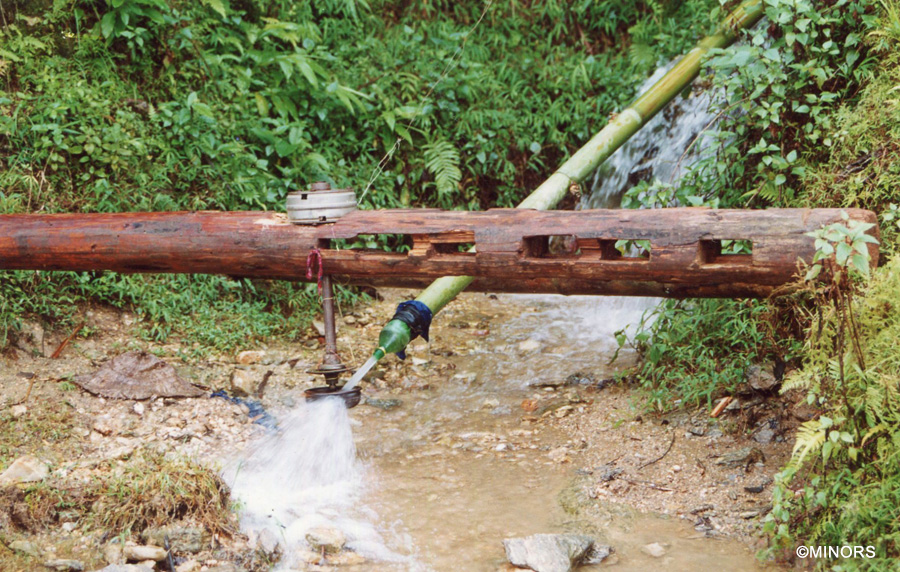
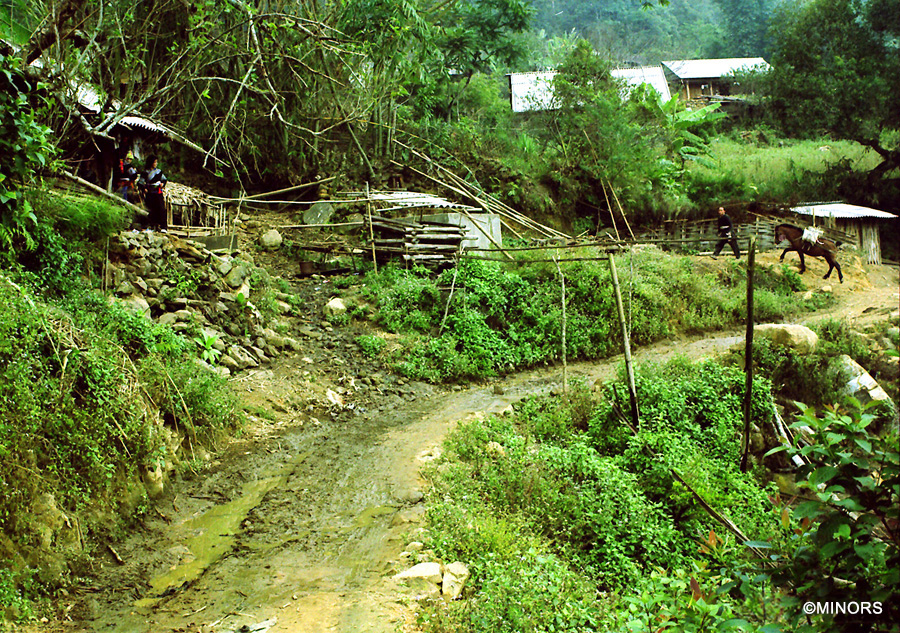
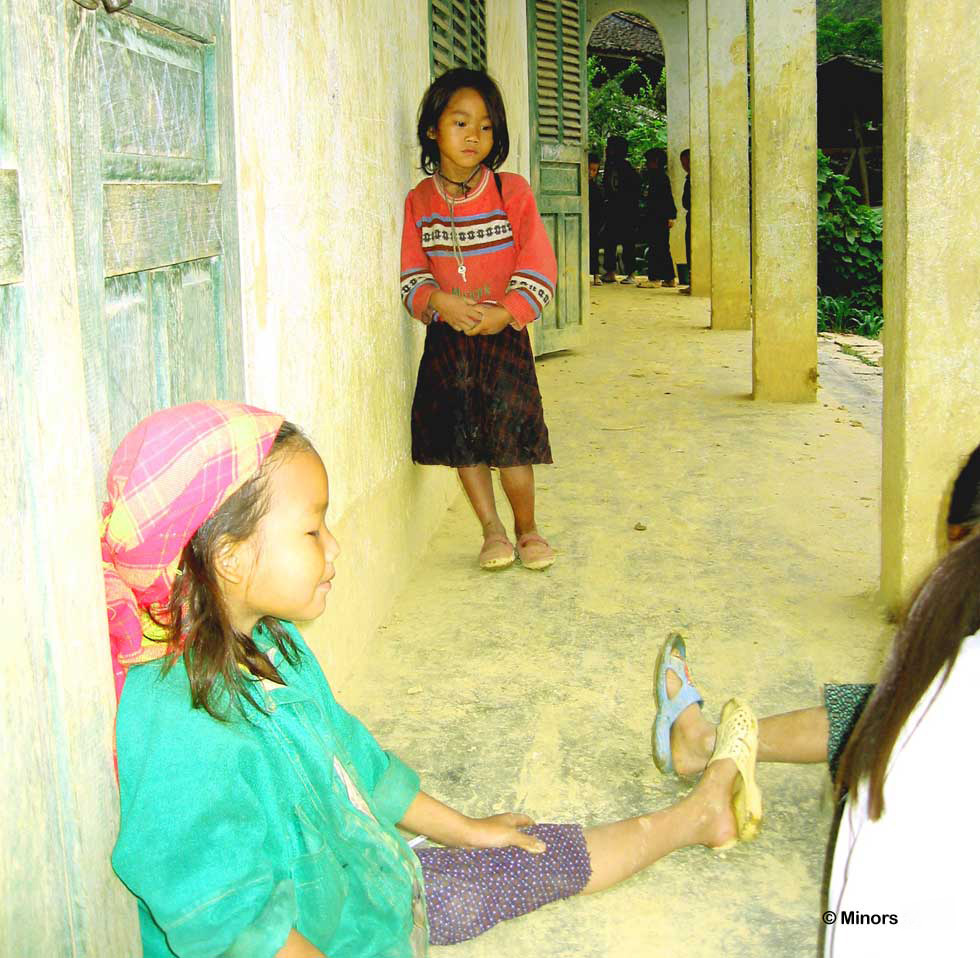
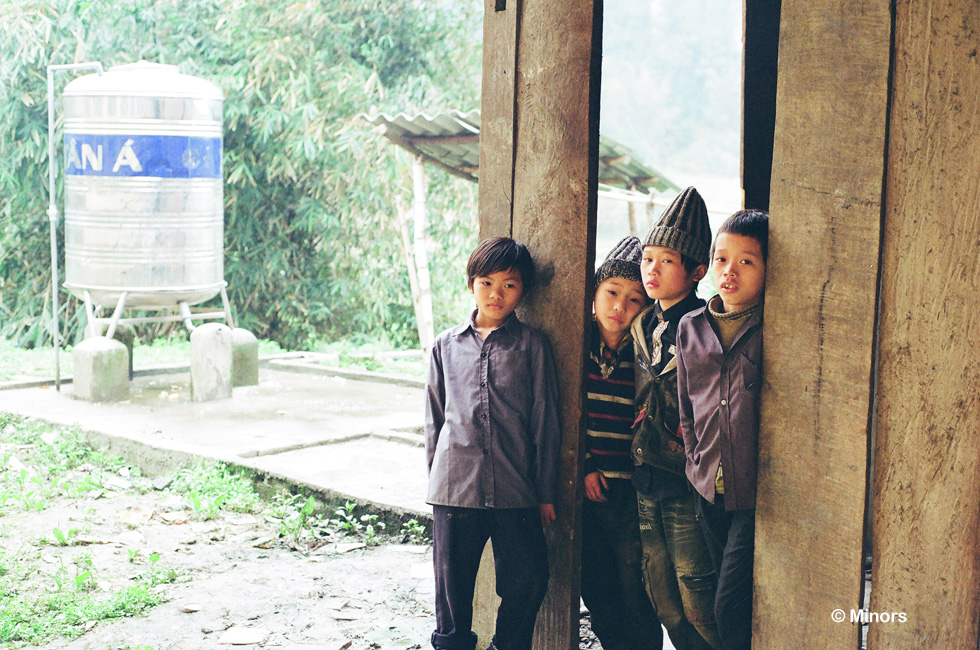

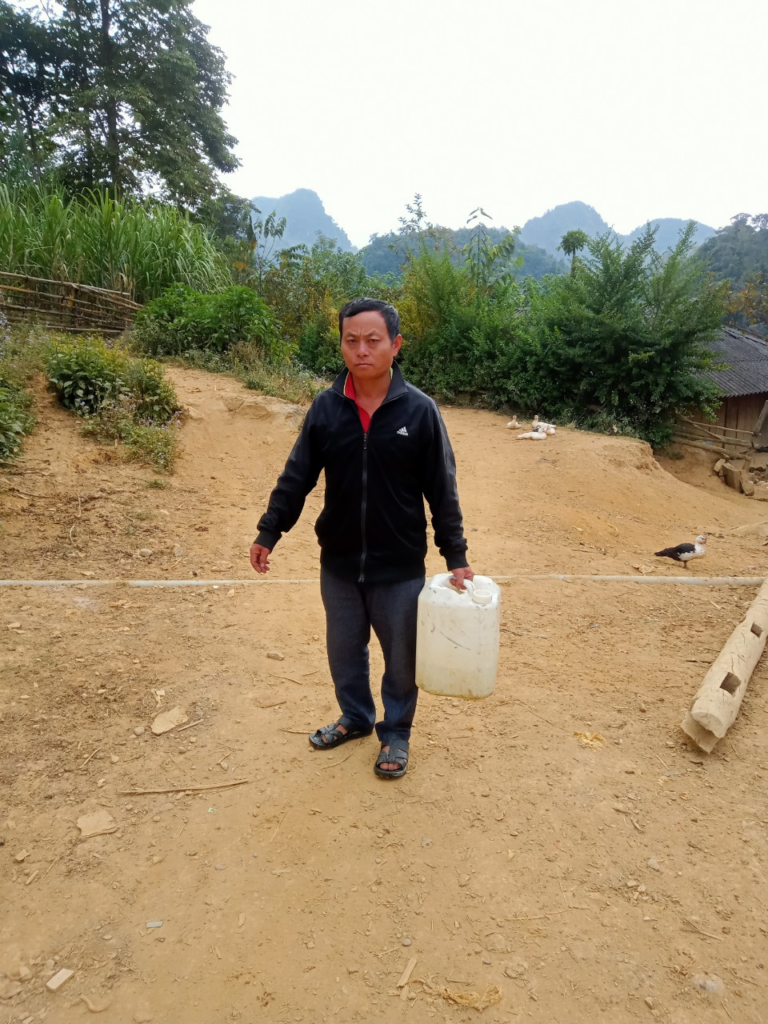
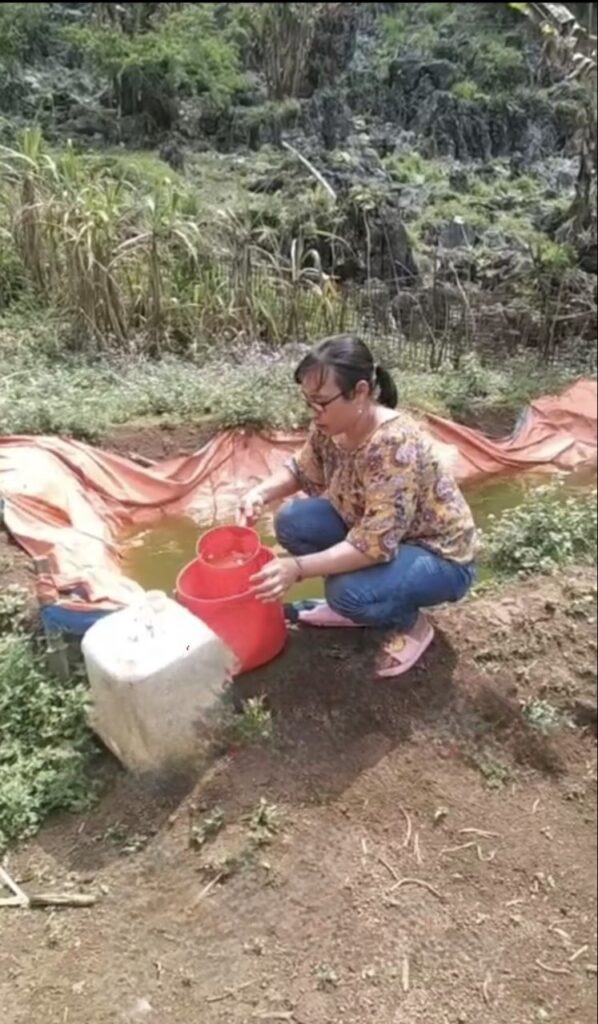
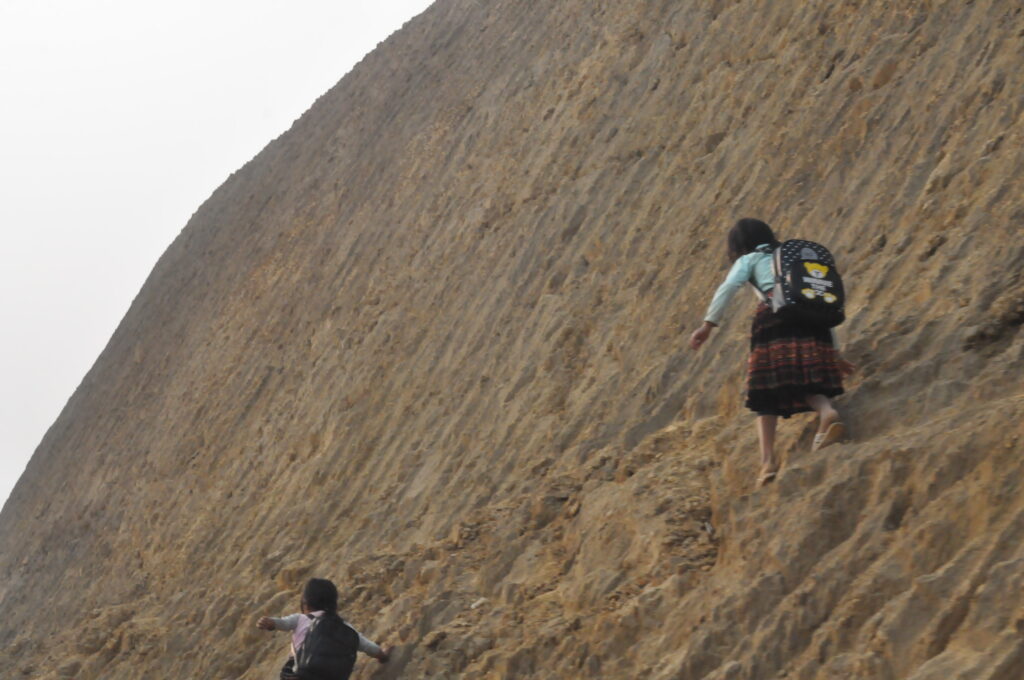
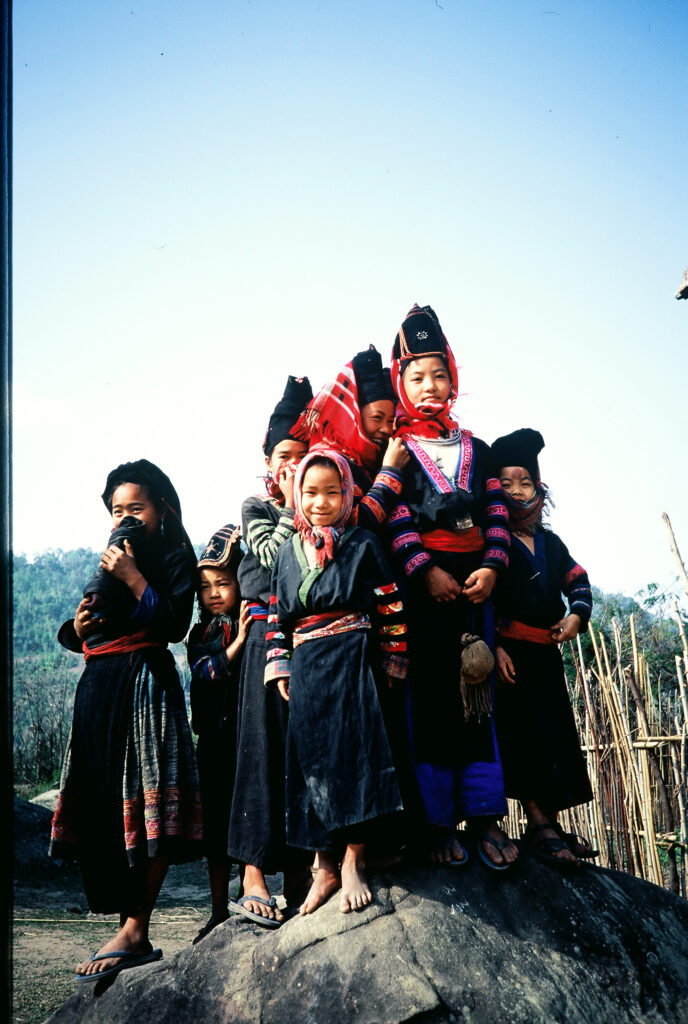
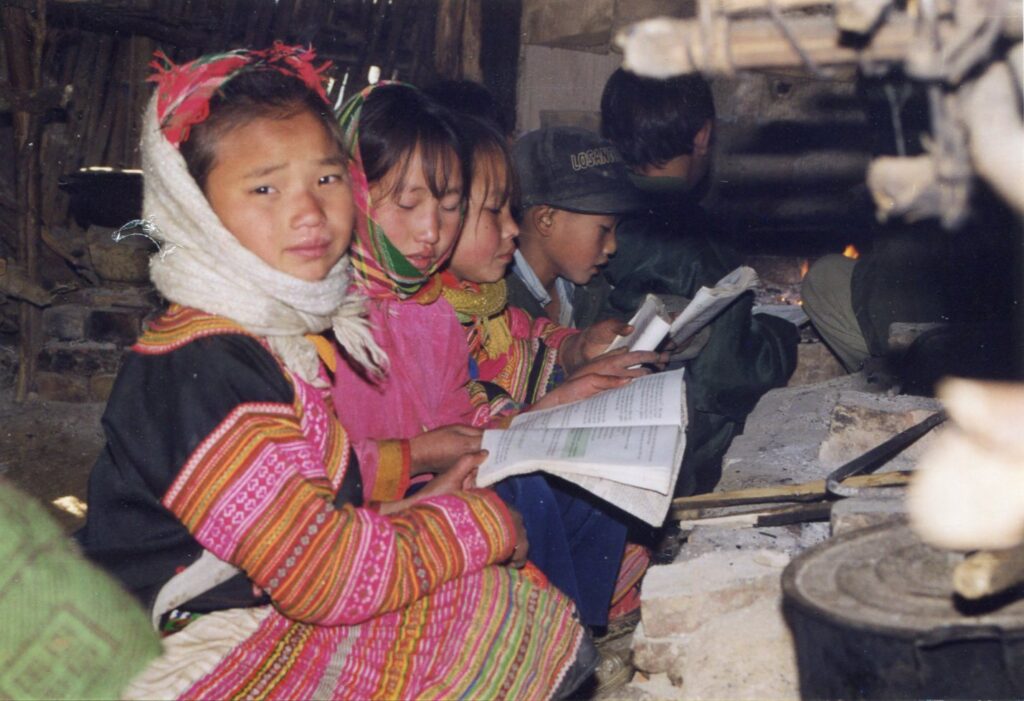
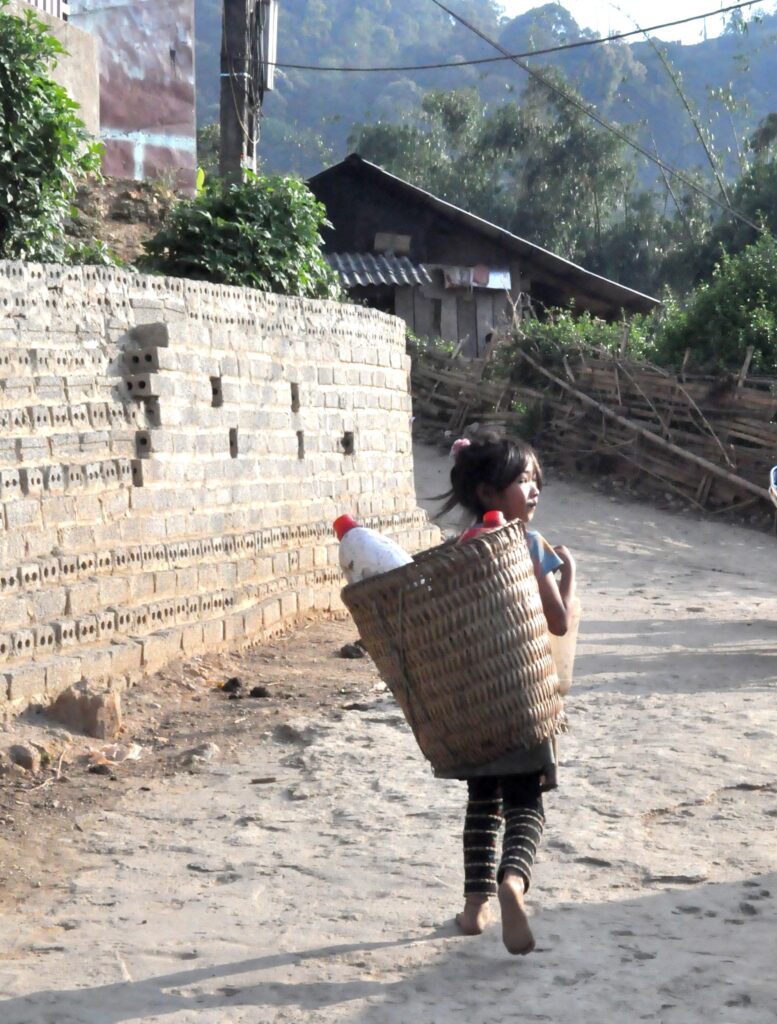
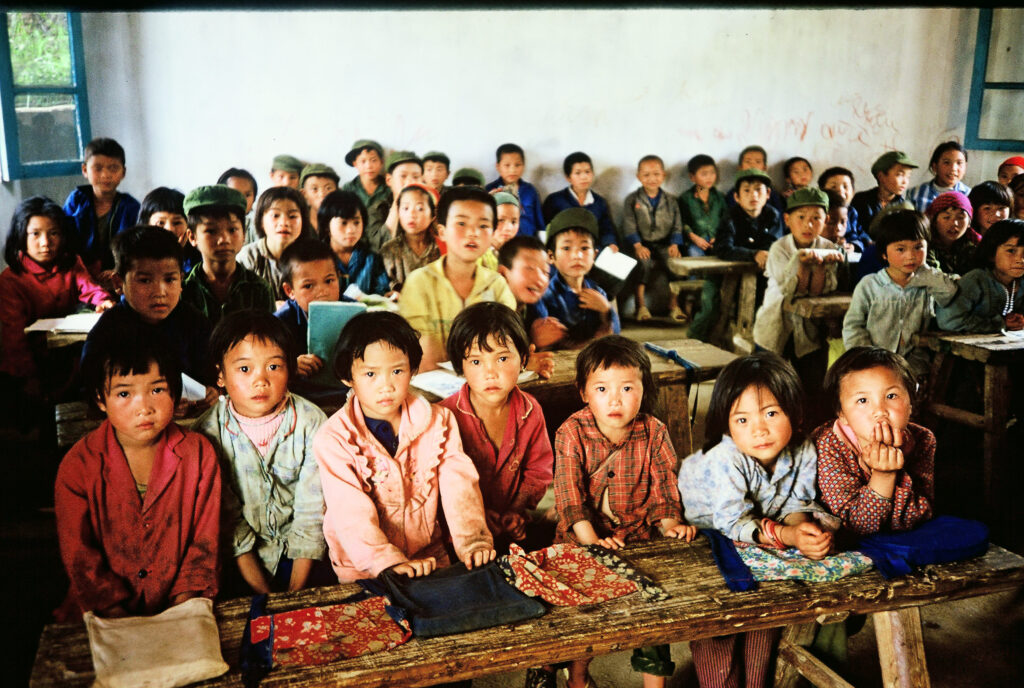
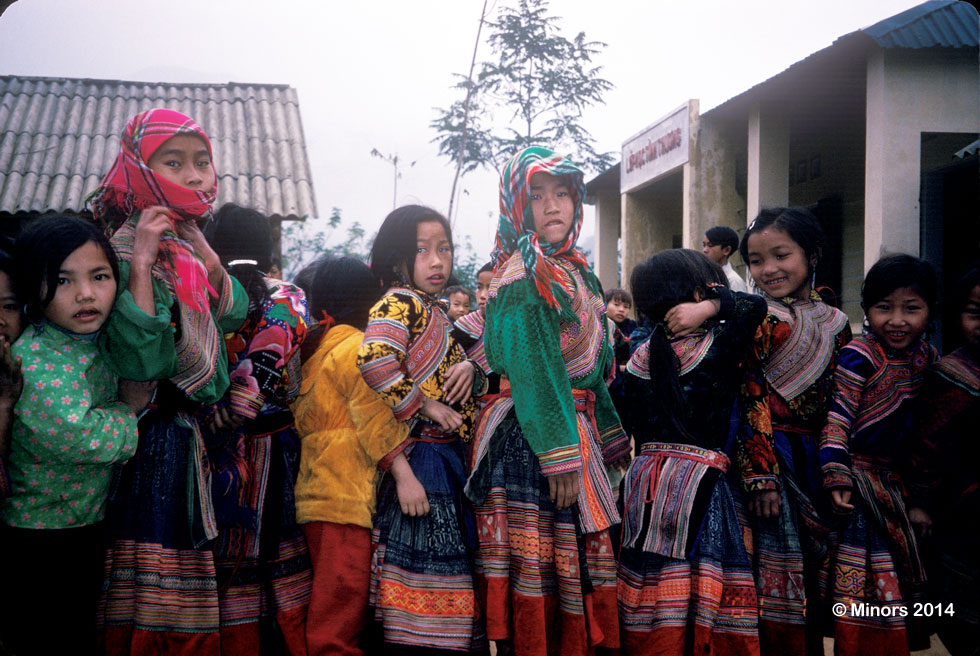
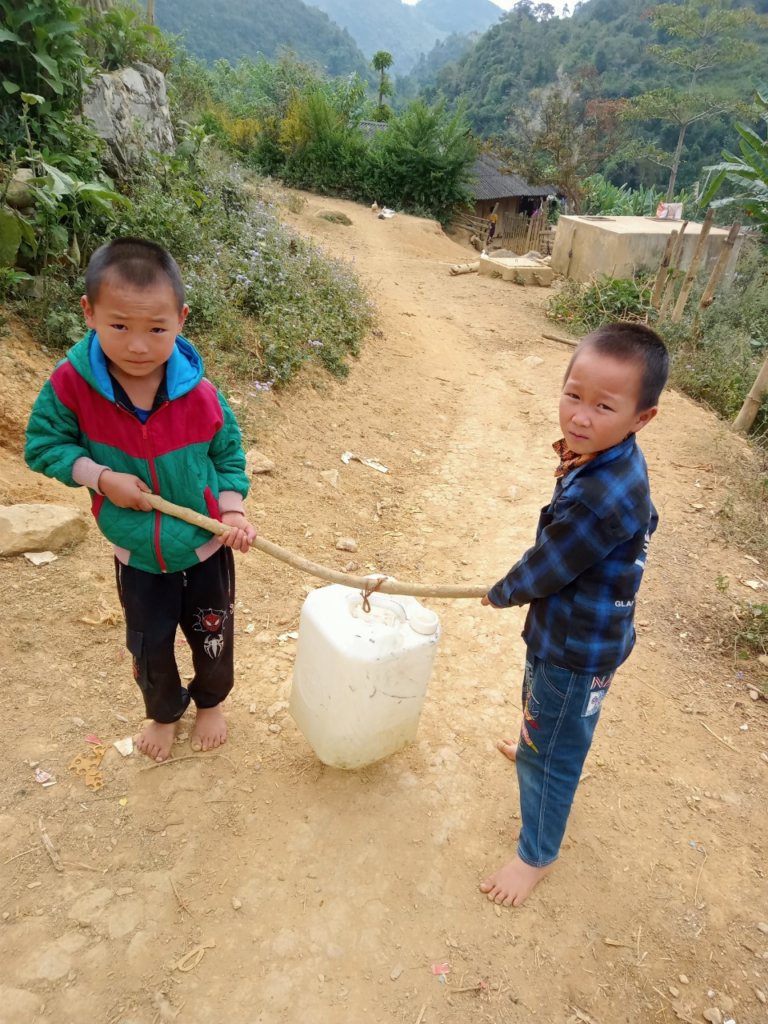
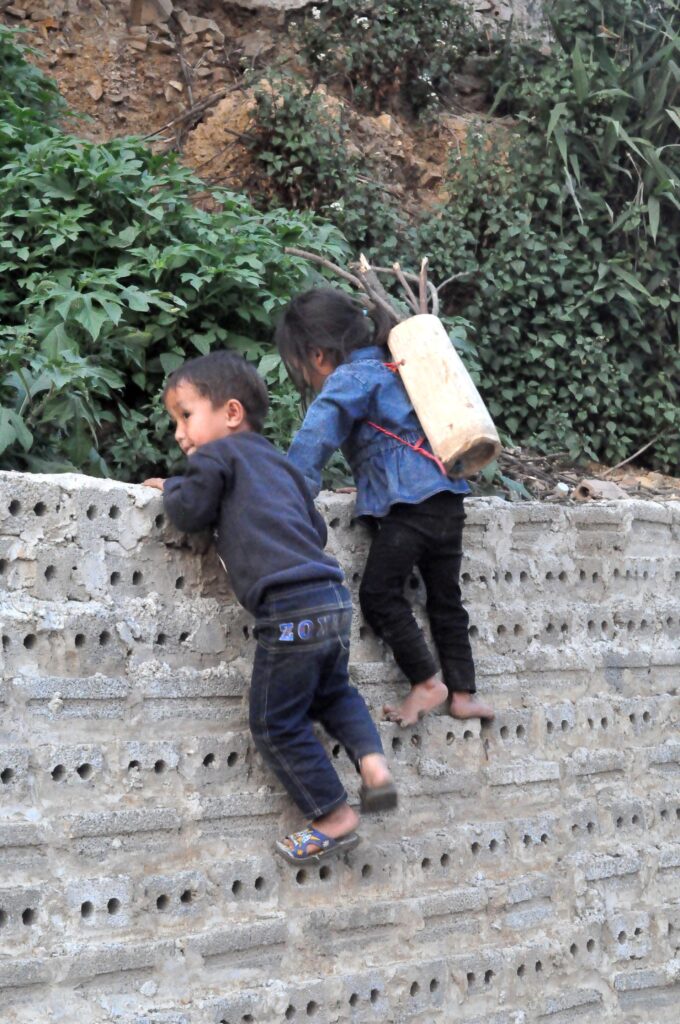
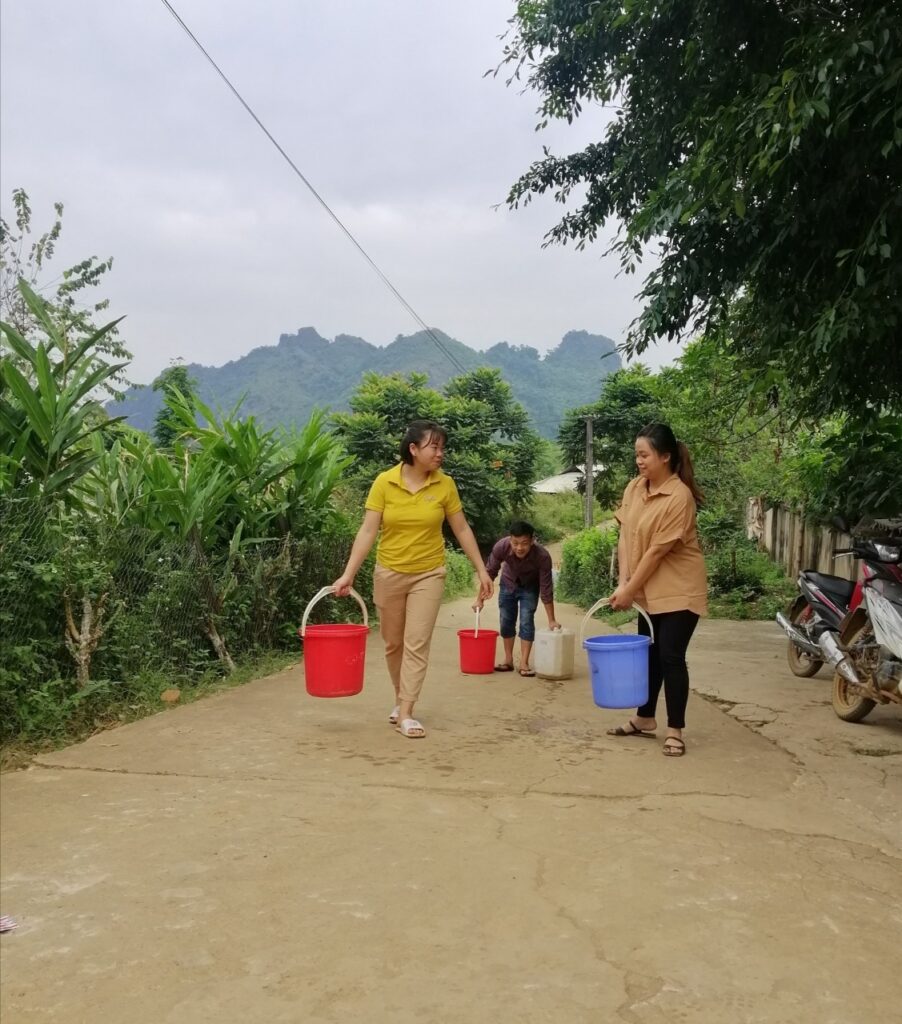
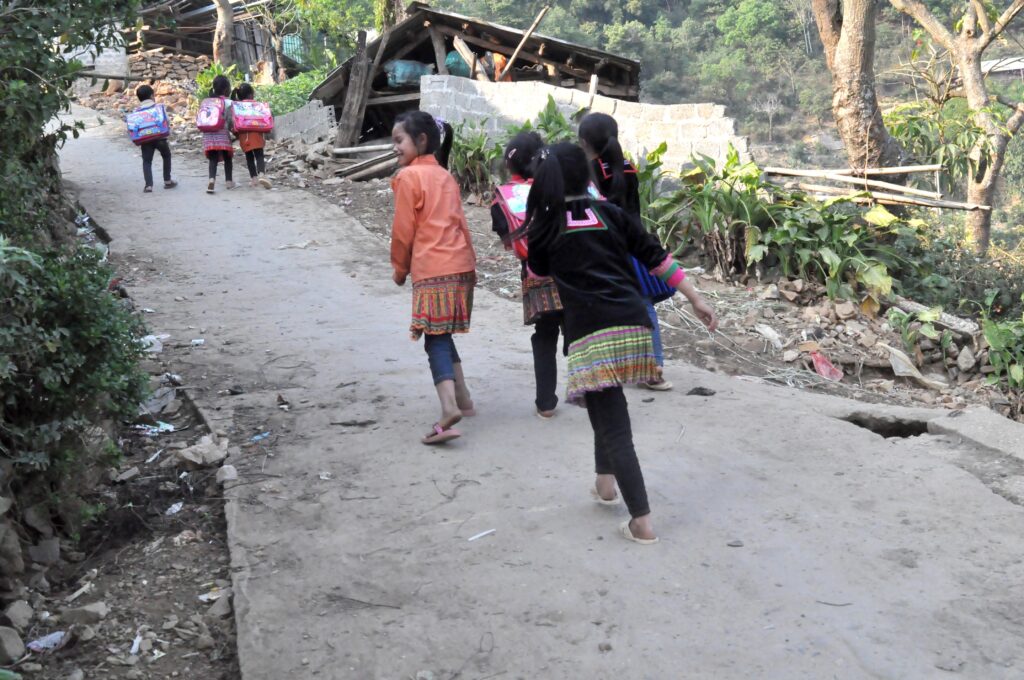
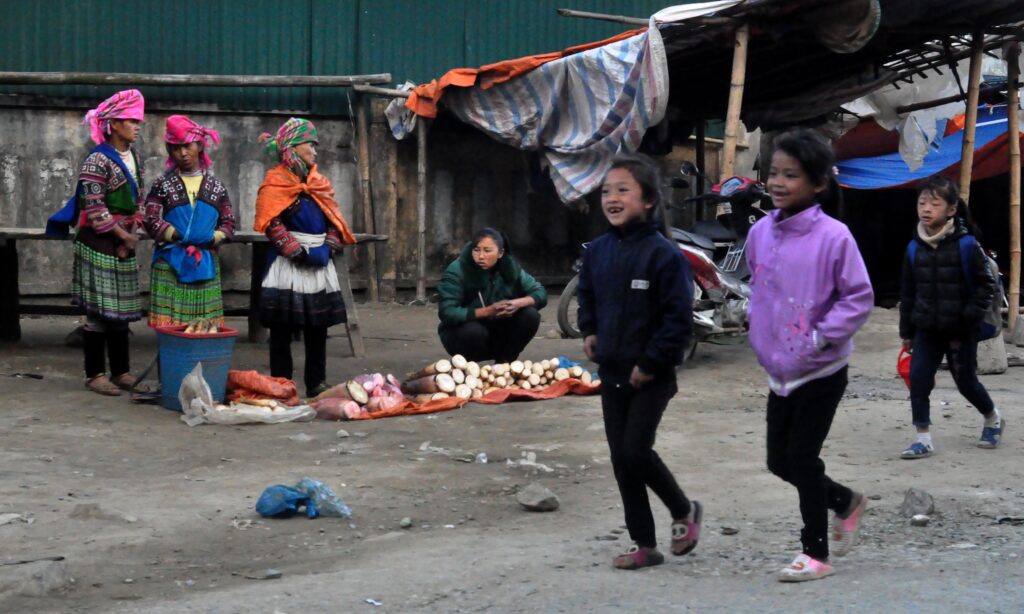
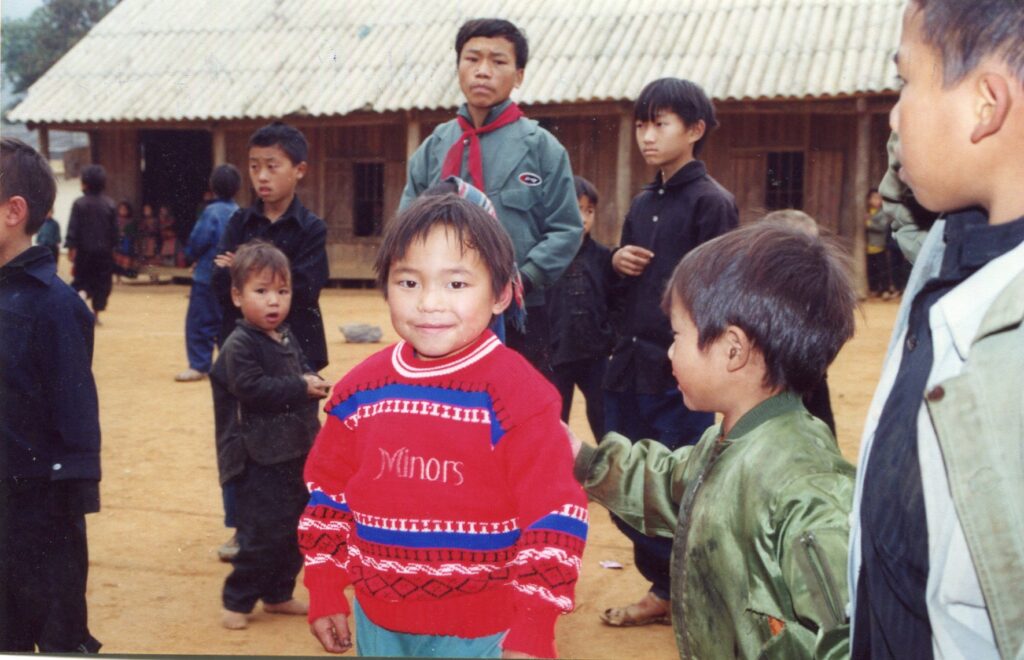
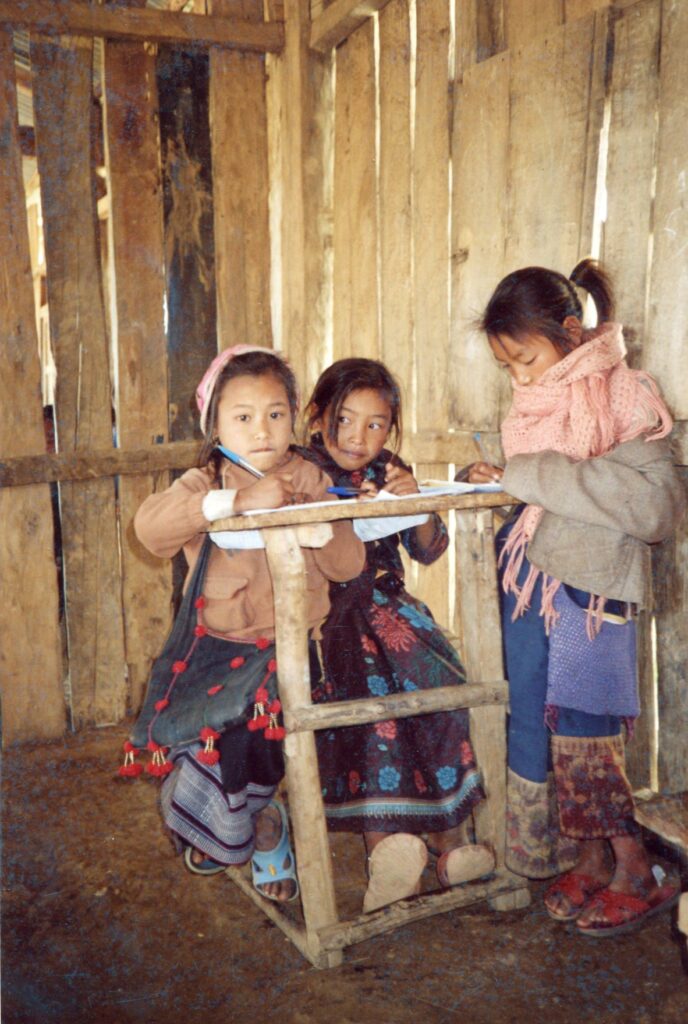
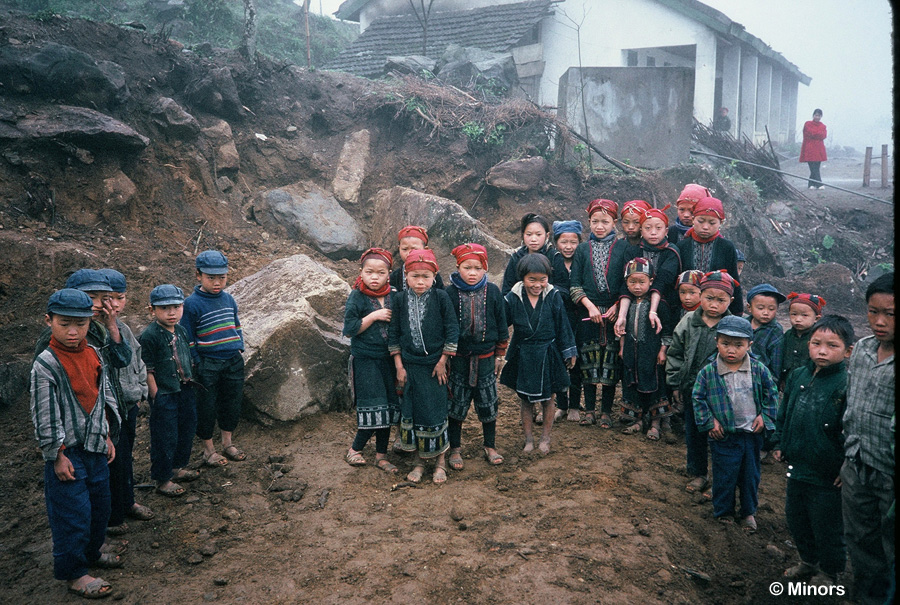
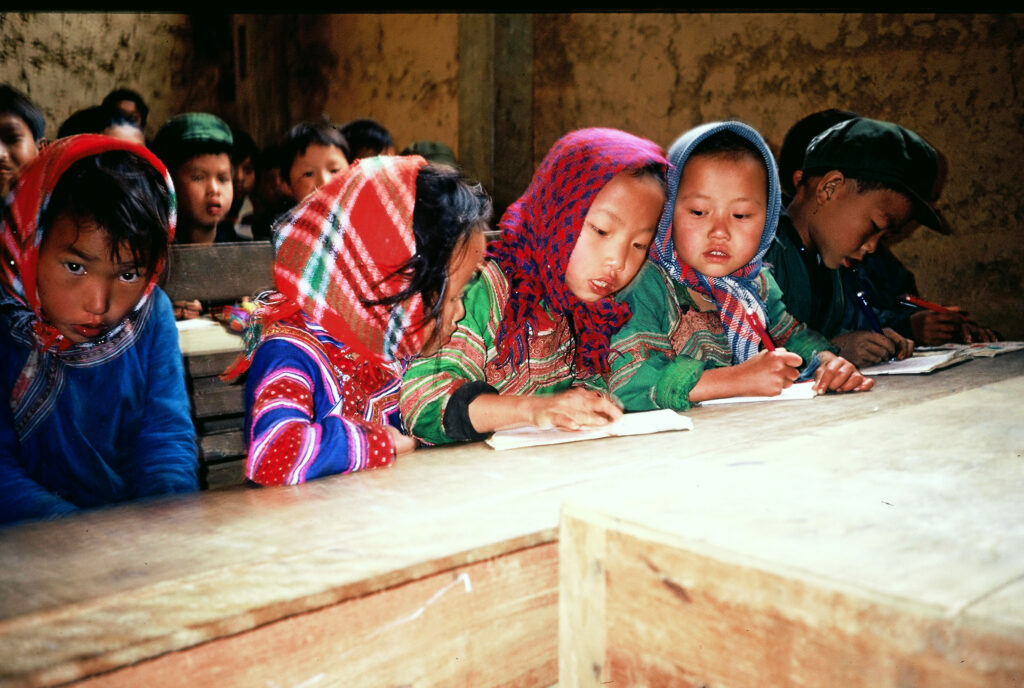
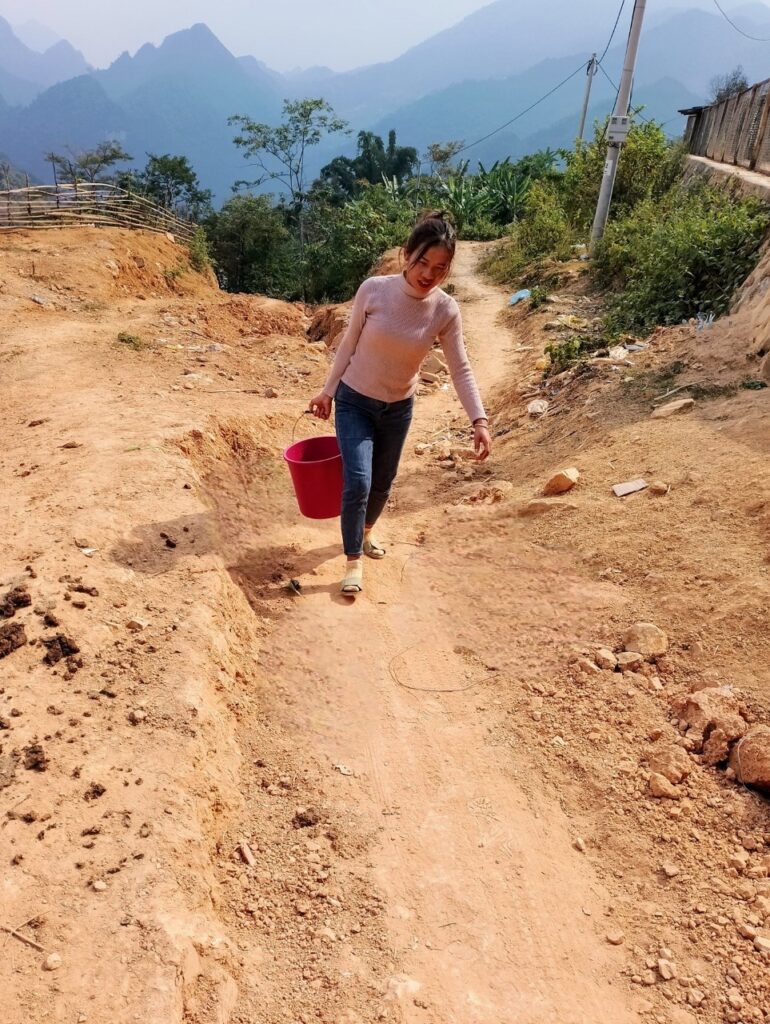
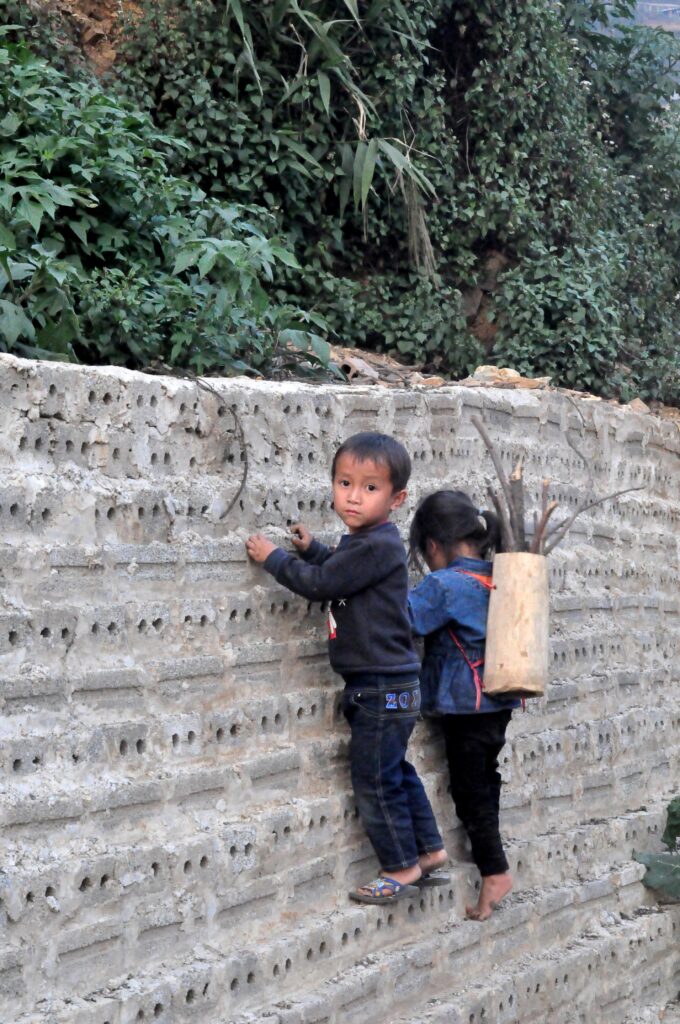
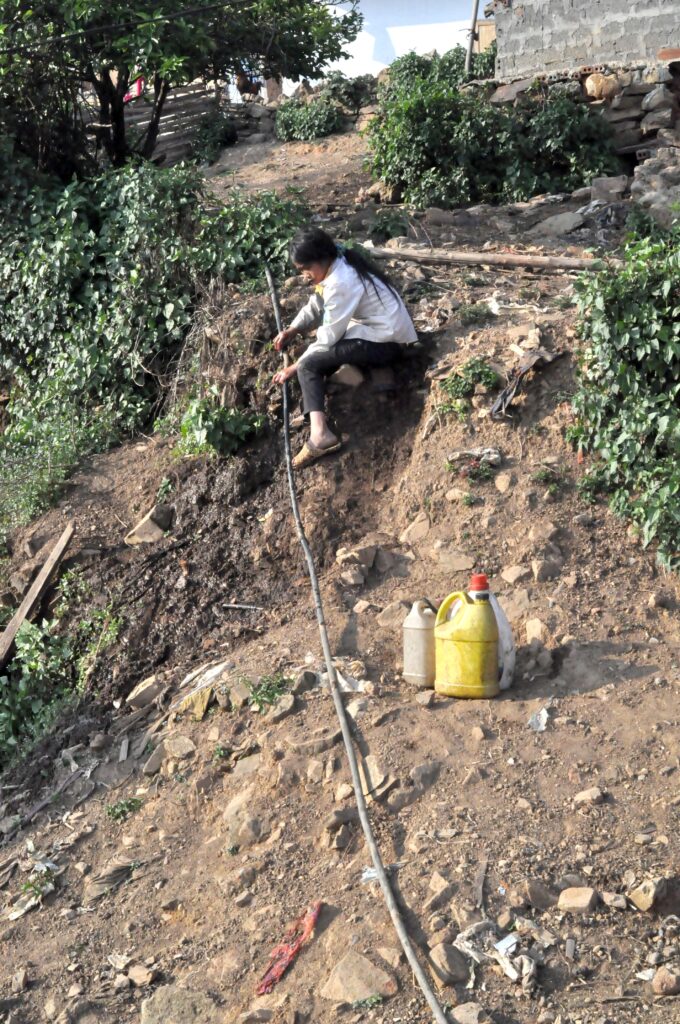
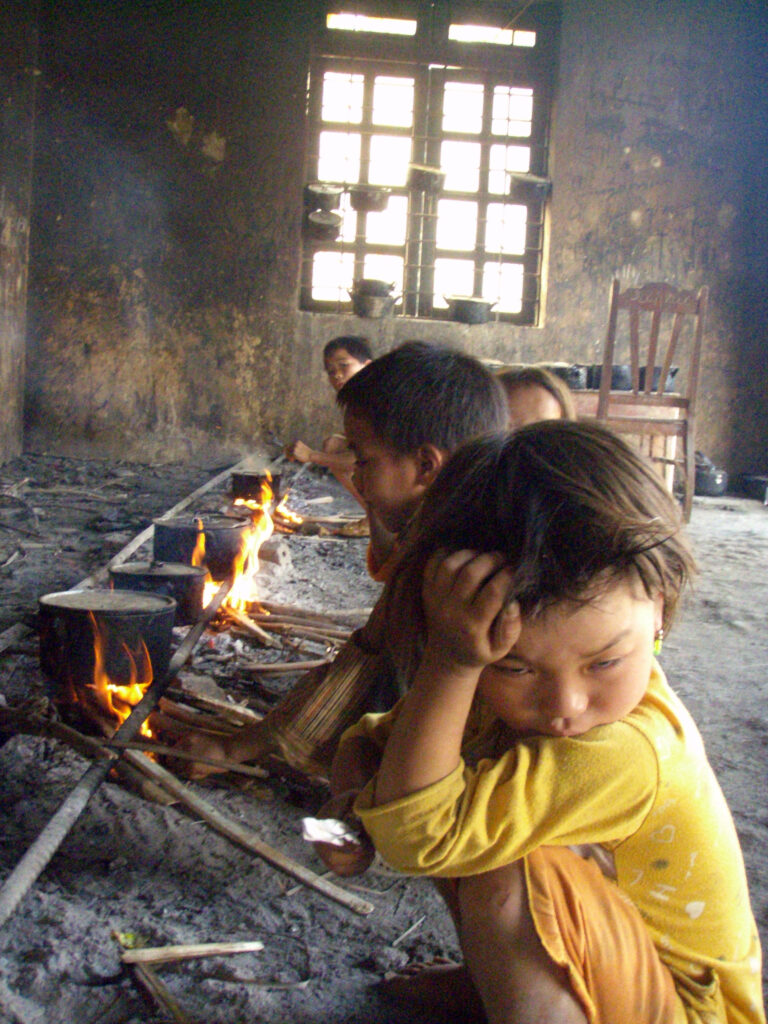
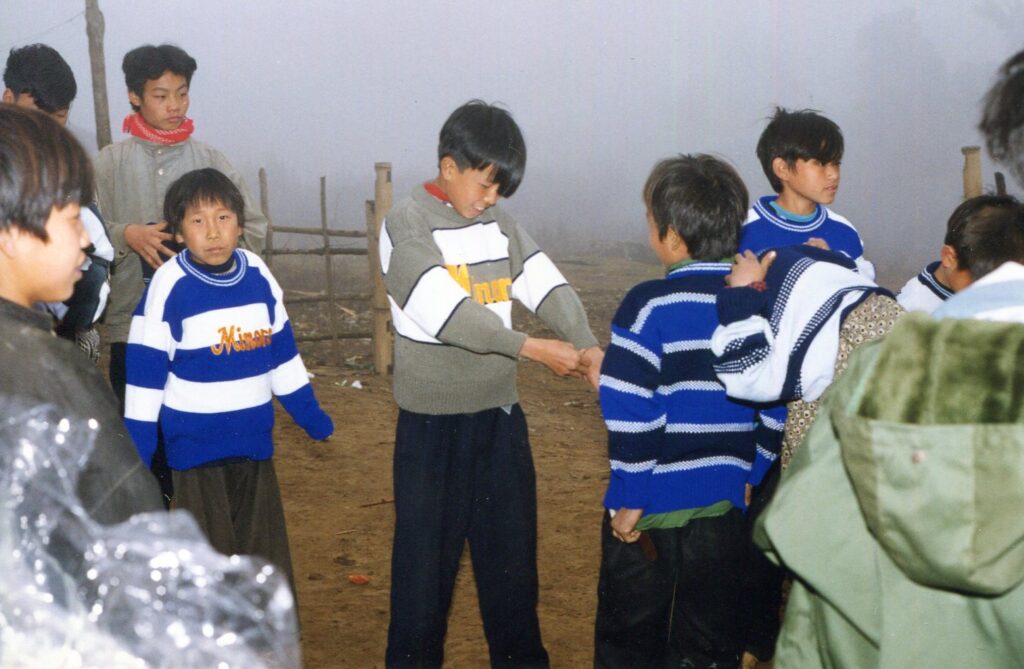
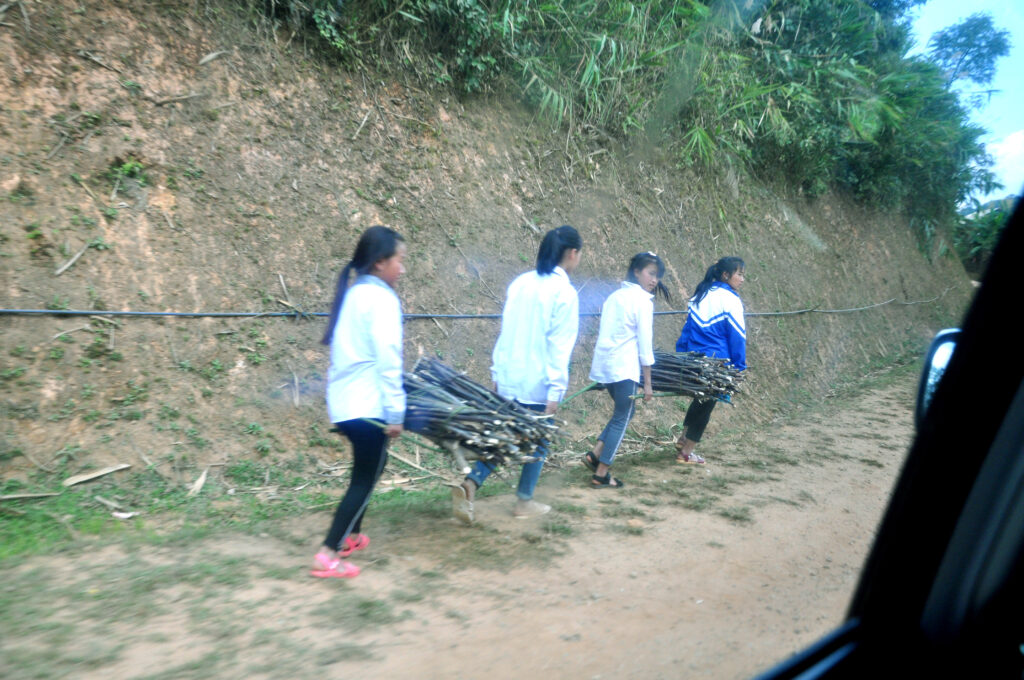
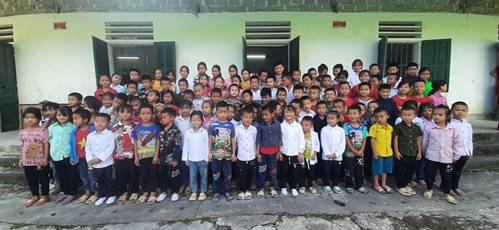


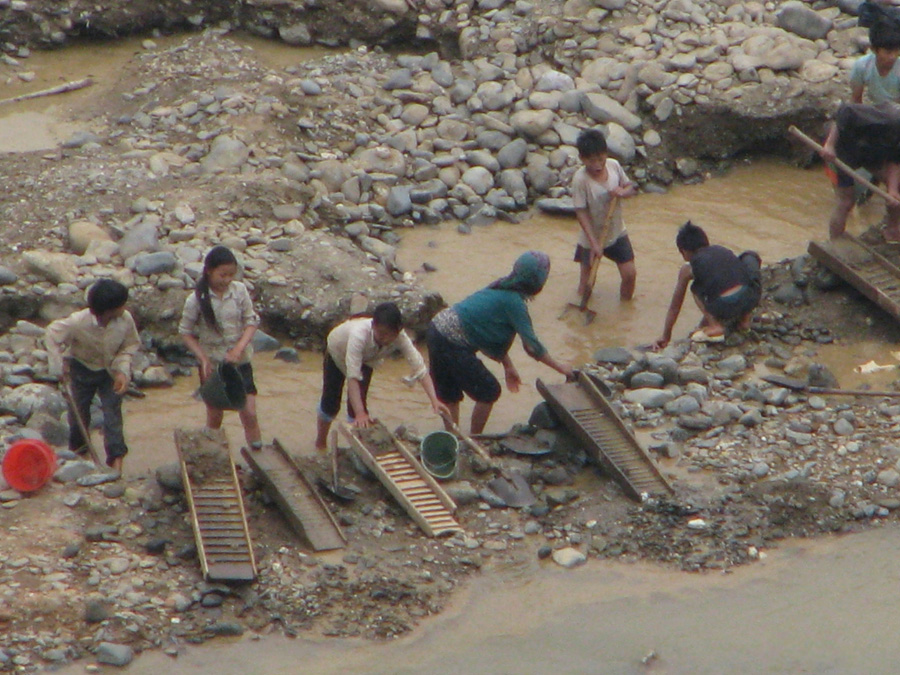
When food from home runs out, and not enough rice scholarships to go around, very hungry boarding students, like these youngsters in northern Ha Giang province, will miss school to pan for gold all day for less than a dollar. Other students sift soil by hand for tungsten or antimony ore*.
Asked whether these students were dropping out of school completely, a teacher commented, "These poorest students sometimes do not attend class for a few days, but then they return to school - they don't give up."
*Tungsten is used in fiber optical systems, photo printers and runway markers, microwave ovens, computer cooling systems and x-ray tubes, and LCD panels.
Tungsten compounds have caused breathing problems and changed behavior in some animals given large amounts of tungsten compounds.
There is not enough information to determine whether inhalation, oral, or dermal exposure to tungsten or tungsten compounds can cause cancer in humans. Tungsten has been recommended to the National Toxicology Program (NTP) for testing in laboratory animals, which includes a cancer assessment.
Children may be affected in the same way as adults. We do not know whether children differ from adults in their susceptibility to tungsten. Animal studies have shown that tungsten can pass from the maternal blood through the placenta and reach the fetus.
Antimony is used in alloys, especially with lead in battery plates, and in the manufacture of flame-proofing compounds, paint, semiconductor devices, and ceramic products.
Extended exposure to antimony can irritate eyes, skin, and lungs. Breathing antimony for extended periods can cause problems with the lungs (pneumoconiosis), heart (altered electrocardiograms), as well as stomach pain, diarrhea, vomiting, and stomach ulcers. - CDC

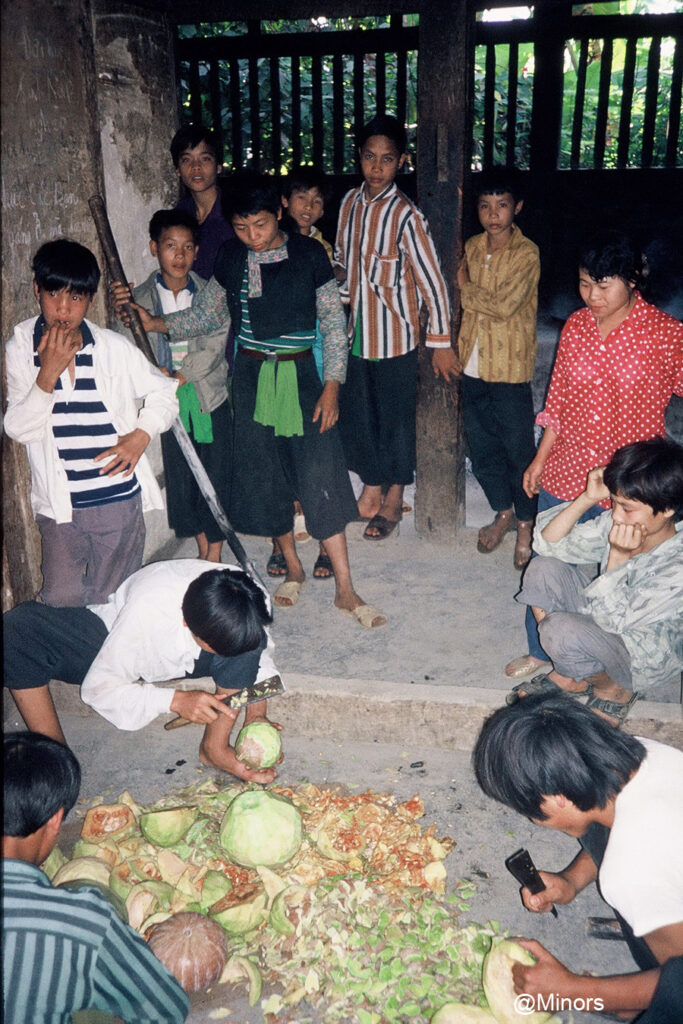
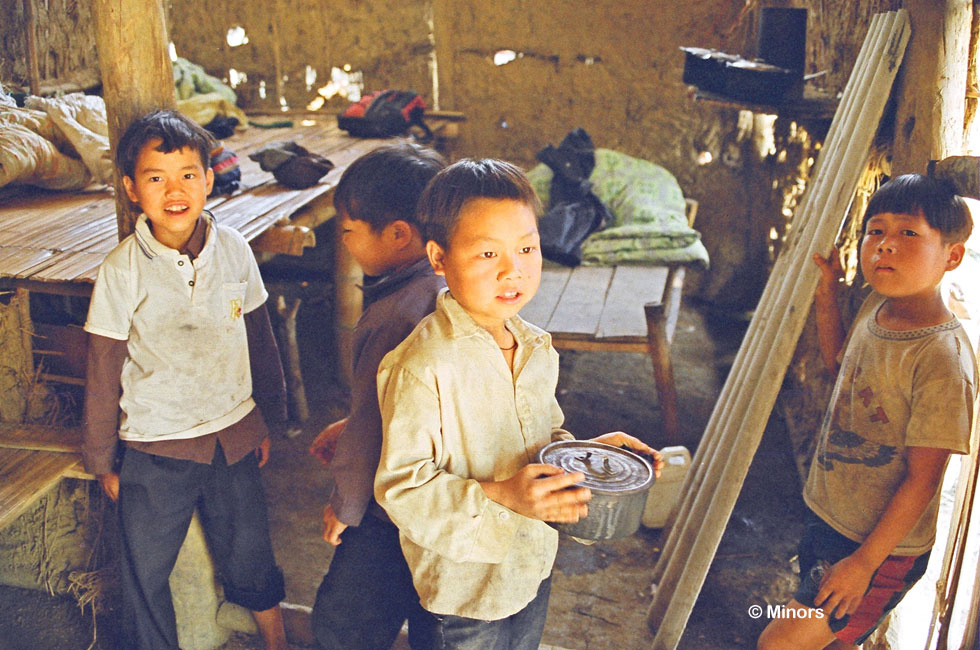

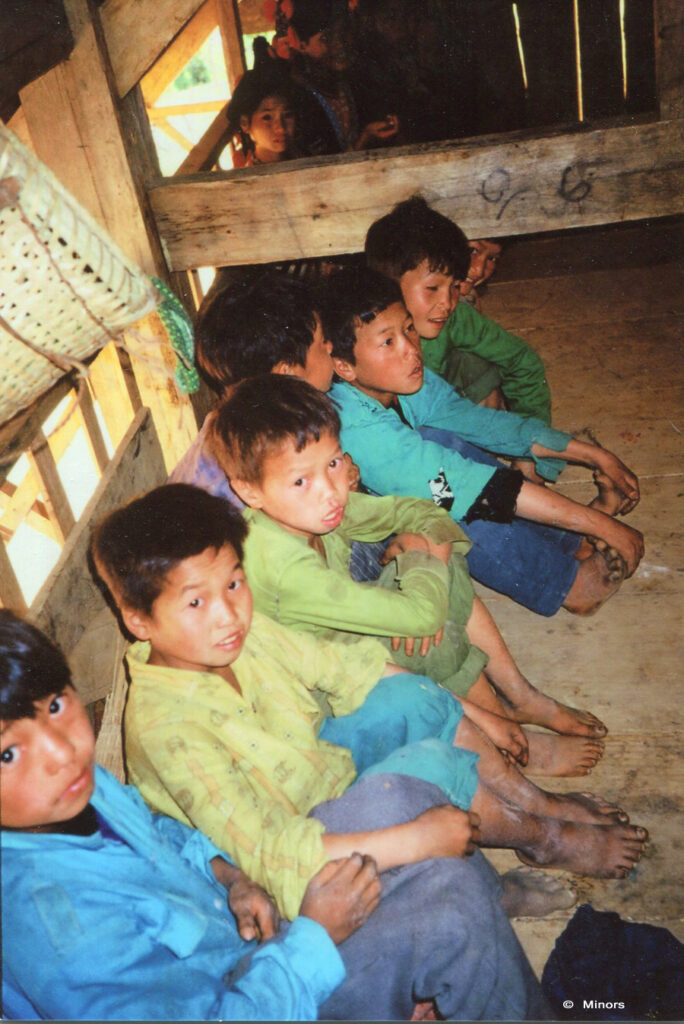
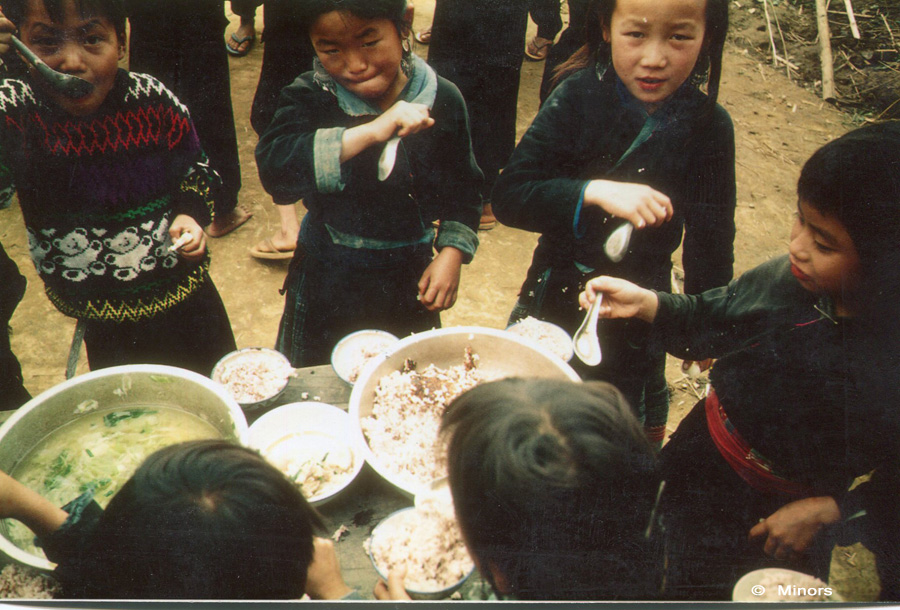
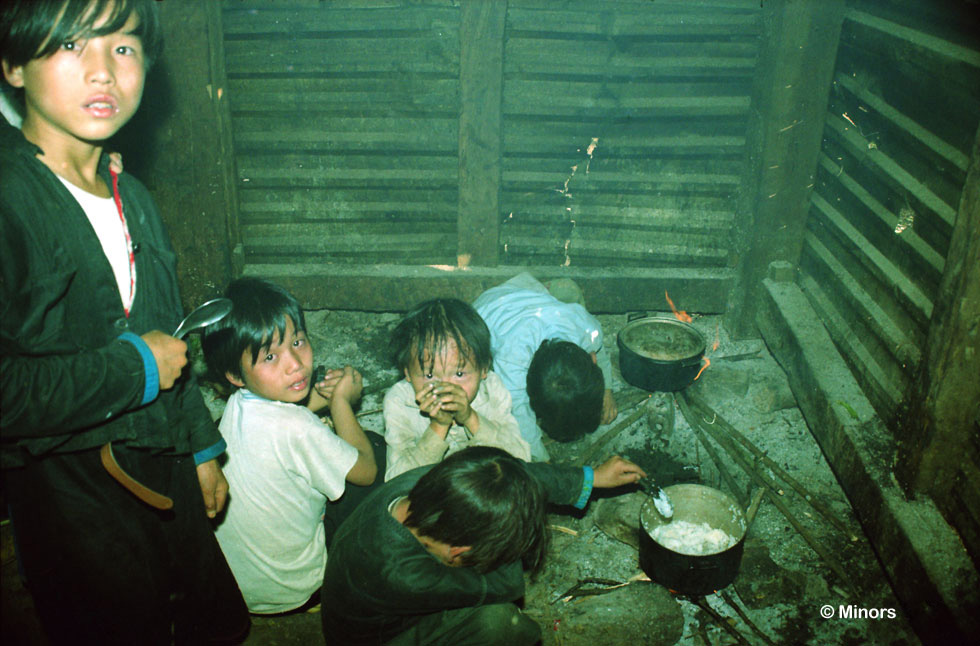
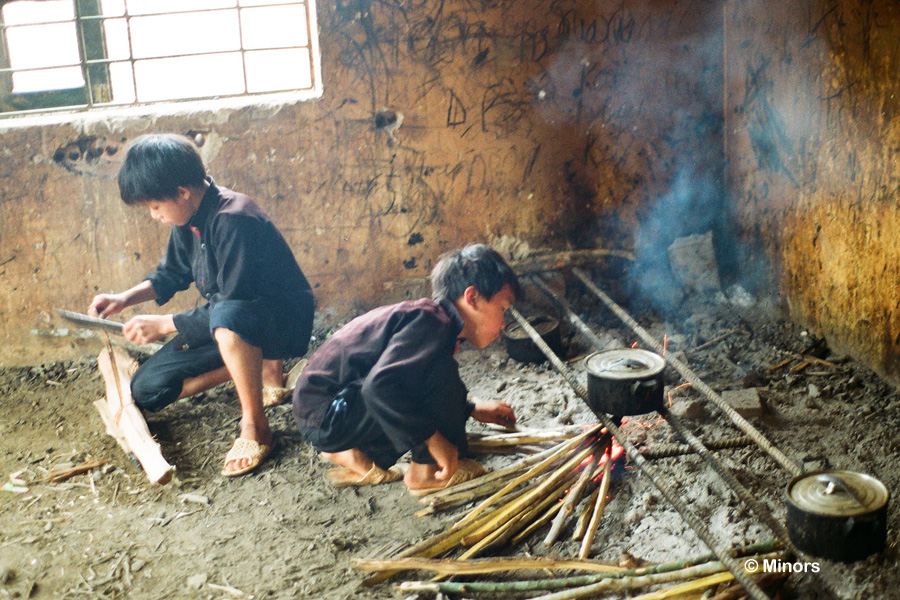

Regarding the highlighted portions of the students’ letters, above:
Some of my friends cannot take the hardship so they dropped out of school.
This student has pinpointed one of the two most common reasons Hmong and a few other less populated ethnic minority girls from higher elevation or geographically isolated villages drop from school: Thirst, and the difficulty in accessing water. This affects younger and smaller or under nourished boarders first and foremost, as they are simply not strong enough to carry water over difficult terrain.
The source of water was very dirty because there were a lot of trash in the stream. Ever since we’ve had the pipeline to carry water to the school, we were able to know about clean water and we no longer have to go down the stream to bathe.
When night falls, my friends and I have to go down to the stream to bathe. These two girls mention the stark realities that they must go to the distant stream to bathe in the unclean water, but must do so in the dark, meaning when they cannot be seen, and their relief in having to do so no longer. This lack of security is a related reason for girls dropping from school, especially the older girls, those in lower secondary grades.
Despite cold nights without blankets or humid days without a fan, the biggest hardship would have to be not having enough water for our everyday use.
Most boarding students drop out for these two reasons: lack of blankets and lack of water.
We do not have a well because the mountain is so high that we cannot dig deep enough. This student is well aware of the geographic challenges that mean they have had to hike and carry water. The reality of the terrain in Lai Chau, and especially in Ha Giang province is that the higher elevations on the mountain ranges where the Hmong dwell are subsurface hard and thick rock. There is no subsoil to speak of, and often not much topsoil. Wells are at most remote schools out of the question as too costly.
The government is slowly building reservoirs for rain water, but there are never enough to serve the population.
...and we do not have a water system because the road is too far.
How right she is, that the more remote schools, farthest off the road, are the last to get government assistance such as water systems. That is why those schools tend to be our priority.
Because the water is not clean, it will really affect our health and cause us to be sick. But if we get water from the south of the stream then we have to wait from morning to the afternoon to get 20 liters back to use because water comes out very slowly.
This student highlights the other issues at hand, not just distance and terrain, not just polluted water, but the lack of current, no doubt at its worst in the dry season.